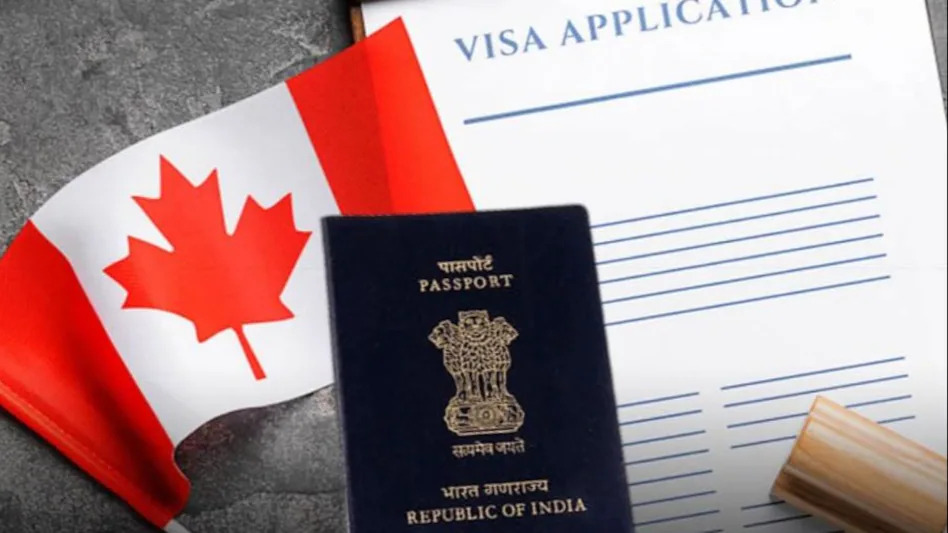Canada, renowned for its welcoming stance towards immigrants, recently made headlines by ending a policy that allowed people on visitor visas to apply for work permits from within the country. This decision, announced six months before the policy’s original expiration date, has left many prospective immigrants and current visitors reconsidering their plans. Here’s a closer look at what led to this change, its implications, and what it means for the future of immigration in Canada.
The Visitor Visa to Work Permit Policy: A Brief Overview
Introduced during the COVID-19 pandemic, Canada’s visitor visa to work permit policy was a temporary measure designed to address labor shortages and support economic recovery. With travel restrictions in place and fewer workers available, the policy allowed those already in Canada on visitor visas to apply for a work permit without having to leave the country. This provided a streamlined path for employers to fill critical positions and for visitors to transition into the workforce, contributing to the economy during a challenging time.
Why the Policy Ended Early
The decision to end the policy ahead of schedule was influenced by several factors:
- Economic Stabilization: As Canada’s economy stabilized and travel restrictions eased, the urgency for such a policy diminished. The labor market began to recover, with more permanent residents and citizens returning to work, reducing the need for temporary foreign workers.
- Policy Misuse: There were growing concerns that the policy was being misused by some individuals who entered Canada on visitor visas with the intention of circumventing the traditional immigration process. This raised questions about the policy’s impact on the integrity of Canada’s immigration system.
- Shift in Immigration Priorities: Canada’s immigration policies are continuously evolving to meet the country’s long-term goals. With the focus shifting towards attracting skilled workers and permanent residents through established programs, the temporary visitor visa to work permit pathway was no longer aligned with these priorities.
Implications for Visitors and Employers
The early termination of this policy has significant implications for both visitors currently in Canada and employers who were relying on this pathway to fill positions.
- Visitors: Individuals in Canada on visitor visas who were considering applying for a work permit will now need to explore other options. They may need to return to their home country and apply for a work permit through the standard process, which could involve securing a job offer and meeting specific eligibility criteria.
- Employers: Employers who were using this policy to address labor shortages may face new challenges in recruiting foreign workers. They will need to navigate the traditional work permit process, which can be more time-consuming and require additional documentation and compliance with labor market impact assessments (LMIA).
The Impact on Canada’s Immigration Landscape
Canada’s decision to end the visitor visa to work permit policy is a clear indication of its commitment to maintaining a structured and fair immigration system. The policy, while beneficial during the pandemic, was always intended to be temporary. Its early conclusion suggests a return to more traditional immigration pathways, which prioritize skilled workers, permanent residents, and those who meet specific labor market needs.
Future Pathways for Immigrants
For those aspiring to work and live in Canada, several established immigration pathways remain open:
- Express Entry: Canada’s flagship immigration program for skilled workers continues to be a popular route for those with the qualifications and experience needed to contribute to the Canadian economy.
- Provincial Nominee Programs (PNPs): These programs allow provinces and territories to nominate individuals who meet specific regional labor market needs, offering a pathway to permanent residency.
- Temporary Foreign Worker Program (TFWP): Employers can still hire foreign workers through the TFWP, provided they meet the necessary requirements, including obtaining an LMIA.
- Study Permits: For those seeking education in Canada, a study permit offers the opportunity to work part-time during studies and potentially transition to permanent residency after graduation.
Sponsored
FACTS Transcripts
Apply for a University document anywhere
https://www.factstranscript.com
Quick Transcripts for popular Universities, check your University name now and get started. We help you to get your transcript application online which is accepted for use of IRCC.
No DD, NO Paperwork. 100% Authentic, Reliable.
FACTS Transcripts Charges · Reviews · Assam Universities · Home · Know your University









